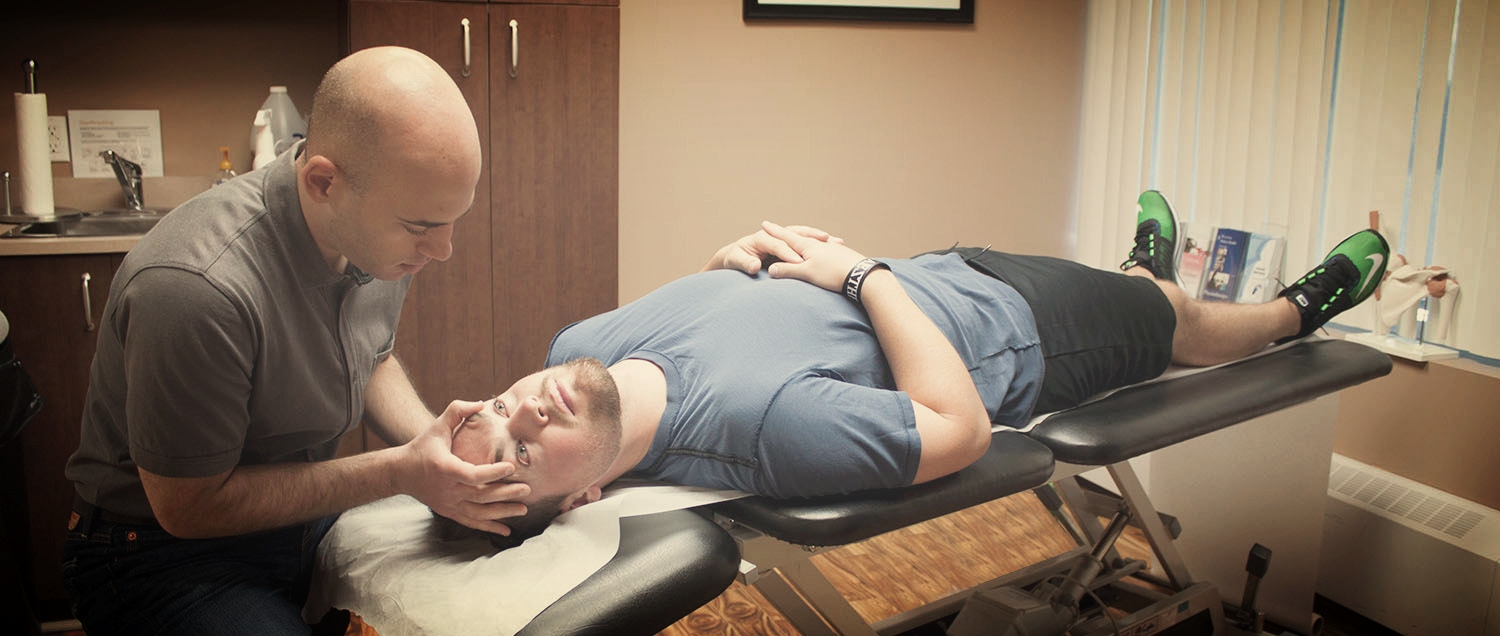VESTIBULAR REHABILITATION THERAPY
Are you at risk of falls?
Are you experiencing vertigo (spinning of the room)?
Are you suffering from BPPV?
WHAT IS THE DIFFERENCE BETWEEN DIZZINESS & VERTIGO?
The term dizziness is used to describe a variety of sensations (light headed, swaying, disoriented, etc.)
Vertigo is a subcategory of dizziness defined as the “illusion of movement (either of yourself or of objects around you) that is not occurring in the environment”. Vertigo is often triggered by a change in head positioning and is often described as a feeling of spinning, tilting, swaying, unbalance, or being pulled in one direction.
WHAT IS A VESTIBULAR DISORDER?
- If disease or injury damages the processing areas of the vestibular system, this may lead to the dysfunction of sensory information that controls balance and eye movements.
- The most commonly diagnosed vestibular disorders include BPPV, Ménière's disease, labyrinthitis or vestibular neuritis. Other problems related to vestibular dysfunction include complications from aging, autoimmune disorders, and allergies.
WHAT IS BPPV?
- Benign paroxysmal positional vertigo (BPPV) is the most common vestibular disorder. It is a non life-threatening condition that occurs suddenly with changes in head positioning. BPPV accounts for 20% of diagnoses made by physicians who specialize in dizziness and vestibular disorders, and is the cause of about 50% of dizziness in older people.
- BPPV occurs when tiny crystals (called otoconia) dislodge and migrate from their usual location in the vestibular system into one of the semicircular canals of the inner ear.
- When the head moves into certain positions the otoconia move and trigger nerves in the semicircular canal resulting in the sensation of vertigo (spinning), nausea and involuntary eye movements (termed nystagmus).
- The head movements that typically provoke the vertigo are looking up, looking down, lying down quickly and rolling over while lying down. The vertigo usually lasts less than 60 seconds and will dissipate if the provoking position is maintained.
- Typical everyday activities that provoke BPPV include turning over in bed, looking up into a cupboard, or tilting your head back when having your hair washed at the hair salon.
WHAT IS VESTIBULAR REHABILITATION THERAPY?
- Vestibular rehabilitation is a specialized form of physiotherapy, consisting of an exercise-based program for reducing the symptoms of vertigo associated with BPPV, all while aiming to improve overall balance and general activity.
HOW WILL THE PHYSIOTHERAPIST ASSESS THE PROBLEM?
- A vestibular evaluation usually includes a subjective history, an eye movement assessment, a vertigo assessment, a balance and gait assessment, and observing for compensatory strategies.
WHAT WILL TREATMENT LOOK LIKE?
- Using the assessment result the therapist will develop an individualized treatment plan that includes vestibular habituation and balance training exercises. These exercises are designed to retrain the brain to detect and process vestibular input and coordinate it with information from vision and proprioception. The therapist may also include a specialized treatment called the Epley maneuver that repositions the otoconia (crystals) back to their origin in the vestibular system.
WHAT IS THE VESTIBULAR SYSTEM?
- The human inner ear contains two divisions: the cochlea (responsible for hearing) and the vestibular system (responsible for balance).
- The vestibular system in each inner ear consists of the semicircular canals (a network of tubes) and the vestibule (sacs).
- The space within the semicircular canals and vestibule is filled with a fluid called endolymph. As the position of your head changes, the endolymph moves within the inner ear and provides information through tiny sensory hairs on changes in head position.
- Information is passed through the vestibular nerve to your brain about head rotation movements, linear movements as well as static postures of the head relative to gravity.
- In response, the brain sends commands to your eyes for improved vision and to your skeletal muscles for greater sitting balance, standing balance and movement stability.





